Home>Furniture>Outdoor Furniture>What To Put Under A Second Story Deck To Prevent Dripping Onto A Patio Below?
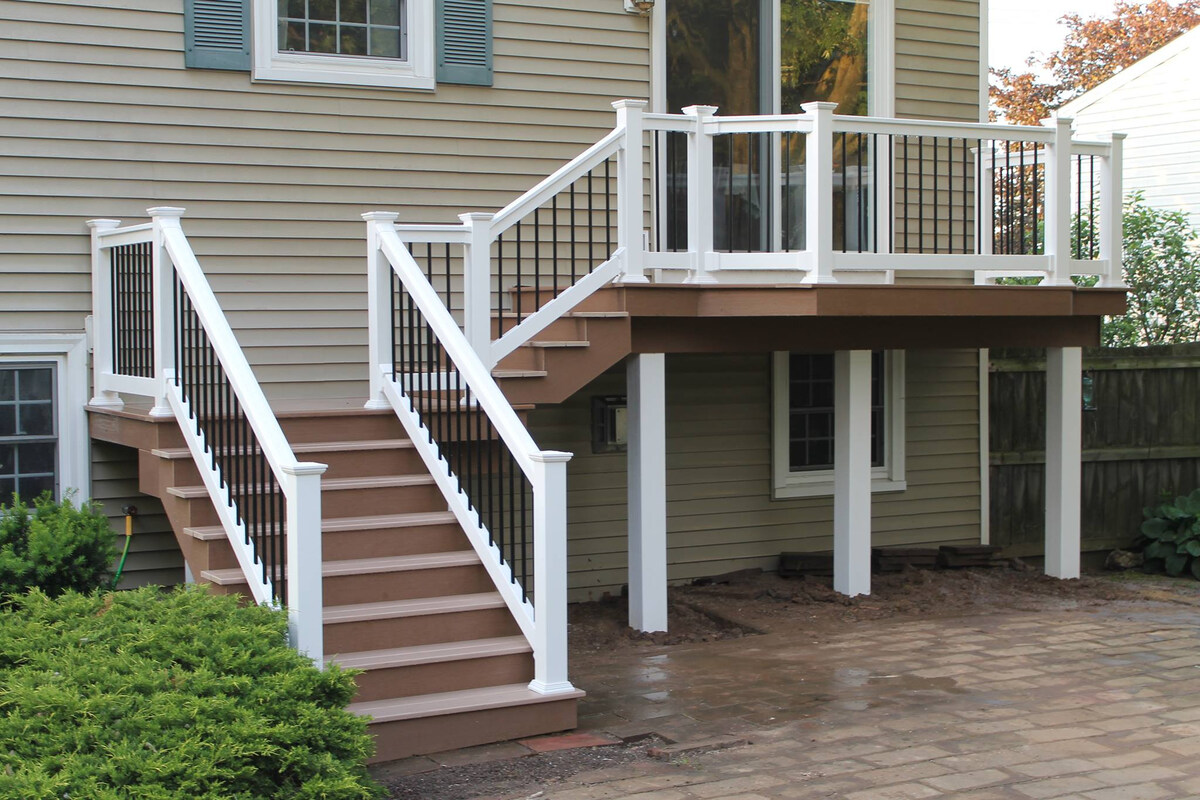

Outdoor Furniture
What To Put Under A Second Story Deck To Prevent Dripping Onto A Patio Below?
Modified: March 19, 2024
Discover the best outdoor furniture options to prevent dripping onto the patio below your second story deck. Keep your space dry and stylish with our top recommendations.
(Many of the links in this article redirect to a specific reviewed product. Your purchase of these products through affiliate links helps to generate commission for Storables.com, at no extra cost. Learn more)
Introduction
Having a second-story deck can be a wonderful addition to your home. It provides an elevated outdoor space where you can relax, entertain, and enjoy the surrounding views. However, one common concern with second-story decks is the potential for water to drip onto the patio or outdoor area underneath.
When it rains or when you have melting snow, the water that lands on your deck can seep through the gaps between the deck boards and drip down onto the patio below. Not only can this be a nuisance, but it can also damage any furniture, plants, or other items you have on the patio.
To prevent dripping and protect the patio below, it is important to install an appropriate under-deck protection system. This system will help redirect water away from the patio, ensuring that you can make full use of both the deck and the outdoor space underneath, without worrying about water damage.
There are several considerations to keep in mind when choosing under-deck protection. Factors such as budget, materials, installation complexity, and aesthetics all play a role in determining the best solution for your specific needs.
In this article, we will explore various options for preventing dripping onto a patio below a second-story deck. From waterproof ceilings to decking membranes, we’ll examine the pros and cons of each solution to help you make an informed decision.
Key Takeaways:
- Choose the right under-deck protection system to prevent water damage and create a safe, beautiful outdoor space. Consider budget, materials, and maintenance for the best solution.
- From waterproof ceilings to gutter systems, there are various options to prevent dripping onto a patio below a second-story deck. Each option has unique benefits and considerations, so choose wisely for your specific needs.
Read more: What To Put Under Patio Stones
Importance of Preventing Dripping
Preventing dripping from your second-story deck onto the patio below is essential for several reasons. First and foremost, it helps protect your outdoor furniture, plants, and other valuable items from water damage. Constant exposure to water can cause furniture to warp, rot, or develop mold and mildew, significantly reducing its lifespan.
Furthermore, dripping water can create slippery surfaces on the patio, posing a safety hazard for anyone walking or standing underneath the deck. Slips and falls can result in serious injuries, so it’s crucial to ensure that the area remains dry and safe, especially during rain or snowfall.
Another reason to prevent dripping is to preserve the overall integrity of your second-story deck. Excessive moisture can seep into the wood or other materials used in the construction of the deck, leading to rot, warping, or even structural damage over time. By redirecting water away from the deck and the patio below, you can prolong the lifespan of both structures.
In addition to protecting your patio and deck, preventing dripping can also prevent water from seeping into the foundation of your home. If water consistently drips or accumulates near the base of your house, it can lead to foundation damage, mold growth, and potential leaks in the basement. By implementing an effective under-deck protection system, you can safeguard your home’s foundation from water-related issues.
Lastly, preventing dripping can improve your overall outdoor living experience. Without the worry of water damage or slipping hazards, you can fully enjoy your second-story deck and the patio below. You can comfortably arrange furniture, hang outdoor decorations, and create a welcoming space for yourself and your guests.
Overall, the importance of preventing dripping from a second-story deck onto a patio below cannot be overstated. It safeguards your outdoor furniture, promotes safety, maintains the deck’s integrity, protects your home’s foundation, and enhances your overall outdoor living environment.
Considerations for Choosing Under-Deck Protection
When it comes to choosing the right under-deck protection system, there are several important considerations to keep in mind. These factors will help determine the most suitable solution for your specific needs and budget. Let’s explore them below:
- Budget: Determine your budget for the under-deck protection system. This will help narrow down your options and ensure you choose a solution that fits within your financial constraints.
- Materials: Consider the materials used in the under-deck protection system. Different materials offer varying levels of durability, maintenance requirements, and aesthetic appeal. Common materials include vinyl, rubber, metal panels, and waterproof coatings.
- Installation Complexity: Evaluate the complexity of installation. Some under-deck protection systems may require professional installation, while others can be installed as DIY projects. Take into account your skill level and the amount of time and effort you’re willing to invest in the installation process.
- Aesthetics: Choose an under-deck protection system that complements the design and style of your home and outdoor space. Consider factors such as color options, texture, and overall appearance to create a cohesive and visually pleasing look.
- Waterproofing Capacity: Ensure that the under-deck protection system effectively prevents water from dripping onto the patio below. Look for features such as waterproof membranes, drainage systems, and sealing capabilities to ensure optimal protection against water damage.
- Maintenance Requirements: Consider the maintenance needs of the under-deck protection system. Some systems may require regular cleaning or periodic resealing to maintain their effectiveness. Choose a system that aligns with your maintenance capabilities and preferences.
- Durability: Assess the durability of the under-deck protection system. It should be able to withstand various weather conditions, including rain, snow, and UV exposure. Look for systems that are resistant to fading, cracking, and warping.
- Longevity: Consider the expected lifespan of the under-deck protection system. Investing in a durable and long-lasting solution will save you money in the long run by avoiding the need for frequent repairs or replacements.
- Compatibility: Ensure that the under-deck protection system is compatible with your existing deck structure and materials. It should seamlessly integrate with your deck and provide a cohesive and functional solution.
By considering these factors, you can make an informed decision and choose an under-deck protection system that meets your specific requirements and provides reliable and effective protection against dripping onto the patio below. Remember to weigh the pros and cons of each option and consult with professionals if needed to ensure the best outcome for your project.
Waterproof Ceiling
One popular option for protecting the patio below a second-story deck is to install a waterproof ceiling. As the name suggests, this solution involves creating a waterproof barrier on the underside of the deck, preventing water from seeping through and dripping onto the patio below.
A waterproof ceiling is typically made of a durable and waterproof material, such as vinyl or PVC. It is installed in a way that covers the entire underside of the deck, creating a seamless and watertight surface. This ensures that any water that makes its way through the deck boards is redirected away from the patio area.
The installation process for a waterproof ceiling can vary depending on the specific product and manufacturer. In some cases, the ceiling panels may need to be cut to size and secured to the joists of the deck. Other systems may involve interlocking tiles or panels that are affixed to the framework.
One of the advantages of a waterproof ceiling is that it provides complete coverage, ensuring that no water drips onto the patio below. Additionally, it can also help to create a more finished and polished look for the underside of the deck, enhancing the overall aesthetics of your outdoor space.
However, it’s important to note that the installation of a waterproof ceiling can be more complex compared to other under-deck protection options. It may require professional installation, especially if it involves cutting and fitting of materials. The cost of materials and installation can also be higher compared to other alternatives.
It’s also crucial to maintain and inspect the waterproof ceiling regularly to ensure its effectiveness. Over time, the ceiling may develop wear and tear, requiring repairs or replacements. Regular cleaning is also recommended to prevent the buildup of debris, which can affect the system’s waterproofing capabilities.
Overall, a waterproof ceiling is a reliable option for preventing dripping onto a patio below a second-story deck. It provides complete coverage and is aesthetically pleasing, but it comes with a higher installation cost and maintenance requirements. Consider your budget, installation capabilities, and desired aesthetics before choosing this option for your under-deck protection needs.
Decking Membrane
Another effective option for preventing dripping onto a patio below a second-story deck is the installation of a decking membrane. This solution involves applying a waterproof and durable membrane directly onto the surface of the deck boards, creating a barrier that prevents water from seeping through and dripping onto the patio.
Decking membranes are typically made of materials such as PVC or vinyl, which have excellent waterproofing properties. They are designed to withstand the elements and provide long-lasting protection for your deck and the patio below.
The installation process for a decking membrane involves adhering the membrane to the surface of the deck boards. The seams and edges are then sealed to ensure a watertight seal. Some membranes may require a primer to be applied before installation, while others have a self-adhesive backing for easy installation.
One of the advantages of a decking membrane is that it preserves the natural look of your deck while providing reliable waterproofing. It allows you to enjoy the beauty of the deck materials while ensuring that no water drips onto the patio below.
Decking membranes are available in various colors and textures, allowing you to choose an option that complements your outdoor aesthetic. Some membranes even have a slip-resistant surface, enhancing safety on the deck.
However, it’s important to note that decking membranes may require periodic maintenance to ensure their effectiveness. The membrane should be inspected regularly for any signs of damage or wear and tear. If any areas are compromised, they should be promptly repaired to prevent water intrusion.
Decking membranes are generally considered a moderate-cost option for under-deck protection. The overall cost will depend on factors such as the size of the deck, the type of membrane used, and the complexity of the installation.
In summary, a decking membrane is a reliable and aesthetically pleasing solution for preventing dripping onto a patio below a second-story deck. It offers waterproofing without compromising the natural beauty of the deck materials. Consider the maintenance requirements and installation costs before deciding if a decking membrane is the right choice for your under-deck protection needs.
Read more: What To Put Under Pots On A Patio
Vinyl Decking
Vinyl decking is a popular option for under-deck protection, offering both durability and water resistance. It involves installing vinyl deck boards on the surface of the deck, creating a seamless and waterproof barrier that prevents water from seeping through and dripping onto the patio below.
One of the key advantages of vinyl decking is its exceptional waterproofing capabilities. The vinyl material is impervious to water, allowing it to withstand heavy rains, snow, and other moisture without any issues. This makes it an ideal choice for preventing dripping onto the patio below.
Vinyl decking is available in a wide range of colors, styles, and textures, allowing you to choose an option that suits your aesthetic preferences. The boards are often designed to mimic the look of natural wood, providing a beautiful and visually appealing deck surface.
The installation process for vinyl decking is relatively straightforward. The vinyl boards are typically designed to interlock or snap together, creating a secure and watertight surface. This makes it a suitable option for DIY enthusiasts who want to tackle the installation themselves.
One of the benefits of vinyl decking is its low maintenance requirements. The material is resistant to fading, staining, and mold growth, reducing the need for extensive cleaning and upkeep. Regular cleaning with a mild detergent and water is generally sufficient to keep the deck looking its best.
However, it’s important to note that vinyl decking can be more expensive compared to other under-deck protection options. The cost of the material and installation may be higher, especially if you opt for premium vinyl products. However, the long-term durability and low maintenance of vinyl decking can make it a worthwhile investment.
Another consideration with vinyl decking is its temperature resistance. Vinyl can become hot under direct sunlight, which may make it uncomfortable to walk on barefoot during hot summer days. However, choosing lighter-colored vinyl or installing a shade structure can help mitigate this issue.
In summary, vinyl decking provides a durable and waterproof solution for preventing dripping onto a patio below a second-story deck. It offers a wide range of styles and requires minimal maintenance. Consider your budget and the potential heat factor when deciding if vinyl decking is the right choice for your under-deck protection needs.
Corrugated Metal Panels
Corrugated metal panels are a practical and cost-effective option for protecting the patio below a second-story deck from dripping water. These panels are specifically designed to withstand outdoor elements and provide reliable waterproofing.
Corrugated metal panels are made of durable materials such as aluminum or steel. The panels feature ridges or waves that increase their rigidity and strength. These ridges also help in directing water away from the deck and preventing it from dripping onto the patio below.
The installation process for corrugated metal panels involves attaching the panels to the underside of the deck using screws or other fasteners. The panels are typically lightweight and easy to handle, making the installation process relatively straightforward. However, it’s important to ensure proper alignment and secure attachment to ensure a watertight seal.
One of the key advantages of corrugated metal panels is their durability. Metal is resistant to rot, decay, and insect damage, making it a long-lasting solution for under-deck protection. Additionally, metal panels are also fire-resistant, providing an added layer of safety.
Corrugated metal panels are available in various colors and finishes, allowing you to choose a style that matches your outdoor aesthetic. Some panels even have a protective coating to enhance their resistance to rust and corrosion.
It’s important to note that corrugated metal panels can produce noise when raindrops or other debris fall onto them. This may be a consideration if you have a preference for a quieter outdoor space. However, some manufacturers offer sound-dampening options to reduce noise levels.
Another aspect to consider is the potential for heat transfer. Metal can become hot under direct sunlight, which may affect the usability of the patio area below. Adequate shading or applying a reflective coating to the metal panels can help mitigate this issue.
In terms of cost, corrugated metal panels are generally more affordable compared to some other under-deck protection options. However, the exact cost will depend on factors such as the size of the deck and the specific metal material chosen.
In summary, corrugated metal panels offer a durable, cost-effective, and aesthetically pleasing option for preventing dripping onto a patio below a second-story deck. They provide reliable waterproofing and are resistant to rot and insects. Consider noise levels and heat transfer when deciding if corrugated metal panels are the right choice for your under-deck protection needs.
Consider installing a waterproof ceiling or under-deck drainage system to prevent water from dripping onto the patio below. This will help protect the patio and create a more enjoyable outdoor space.
Rubber Roofing Material
Rubber roofing material is a versatile and effective option for under-deck protection, providing a waterproof barrier to prevent dripping onto the patio below. Made from synthetic rubber compounds, this material offers excellent durability and weather resistance.
Rubber roofing material is typically installed as a full-sheet membrane or as interlocking tiles. The sheets are laid across the deck surface and secured using adhesive or mechanical fasteners. The seams are then sealed to ensure a watertight seal, preventing any water from seeping through and causing dripping below.
One of the key advantages of rubber roofing material is its exceptional waterproofing capabilities. Rubber is inherently resistant to water, making it an ideal choice for protecting the patio below a second-story deck. The material can withstand extreme weather conditions and provide long-lasting protection against water damage.
Rubber roofing material also offers great flexibility, allowing it to conform to the contours and irregularities of the deck surface. This ensures a seamless installation and optimal coverage, leaving no gaps for water to penetrate.
Another benefit of rubber roofing is its durability. It is resistant to cracking, peeling, and fading, ensuring a long lifespan with minimal maintenance. Rubber is also resistant to UV rays, which helps preserve its color and integrity over time.
Furthermore, rubber roofing material is often manufactured from recycled materials, making it an eco-friendly option. If sustainability is a priority for you, choosing rubber roofing can contribute to reducing waste and promoting a greener environment.
It’s worth noting that the installation of rubber roofing material may require professional assistance, especially for larger decks or complex layouts. The expertise and specialized tools of professionals ensure a proper and secure installation.
In terms of cost, rubber roofing material is usually a mid-to-high range option. The specific cost will depend on factors such as the size of the deck and the quality of the material chosen. However, the long-term durability and reliability of rubber roofing can make it a worthwhile investment.
In summary, rubber roofing material offers excellent waterproofing and durability for preventing dripping onto a patio below a second-story deck. It provides a seamless and flexible solution, and its eco-friendly nature is an added benefit. Consider the installation requirements and budget when deciding if rubber roofing material is the right choice for your under-deck protection needs.
Sloping Drainage System
A sloping drainage system is an innovative and effective option for preventing dripping onto a patio below a second-story deck. This solution involves creating a slight slope on the deck surface, allowing water to flow away from the deck and towards a designated drainage area.
By installing a sloping drainage system, you can ensure that water is directed away from the deck immediately upon contact. This prevents water from seeping through the deck boards and dripping onto the patio below, keeping the area dry and protected.
The installation process for a sloping drainage system typically involves the addition of a slope to the deck surface using special techniques or materials. This can be achieved by using sloped deck boards or by installing a sloped under-deck structure that redirects water to a designated drain or gutter system.
One of the advantages of a sloping drainage system is its simplicity. Compared to other under-deck protection options, it requires minimal additional materials and can often be incorporated into the existing deck structure.
A sloping drainage system also offers flexibility in design and aesthetics. The slope can be customized to suit your specific needs and preferences, ensuring efficient water drainage without compromising the overall look and feel of your outdoor space.
Another benefit of a sloping drainage system is that it can help prevent pooling water or standing water on the deck itself, reducing the risk of water damage to the deck structure. It also promotes better airflow and ventilation, which can help prevent issues such as mold and mildew growth.
However, it’s important to consider the complexity of installing a sloping drainage system. Depending on the design and structure of your deck, additional steps may need to be taken to ensure proper water flow and drainage. Professional consultation or assistance may be necessary to ensure the system is installed correctly and effectively.
In terms of cost, a sloping drainage system can be a cost-effective option compared to some other under-deck protection solutions. The total cost will depend on factors such as the size of the deck, the required slope gradient, and any additional drainage components needed.
In summary, a sloping drainage system provides an efficient and straightforward solution for preventing dripping onto a patio below a second-story deck. It offers flexibility in design, reduces water pooling on the deck surface, and can be a cost-effective option. Consider the installation complexity and consult with professionals to determine if a sloping drainage system is the right choice for your under-deck protection needs.
Read more: What Should You Put Under Decking
Outdoor Curtains or Shade Sails
Outdoor curtains or shade sails can be a stylish and versatile option for preventing dripping onto a patio below a second-story deck. While they may not provide direct waterproofing, they offer effective protection against rainwater and create a shaded area that discourages water from reaching the patio.
Outdoor curtains can be made from a variety of materials, including weather-resistant fabrics and waterproof materials. They are typically hung from the underside of the deck, creating a barrier that blocks water from dripping onto the patio below. Outdoor curtains also provide privacy and can be easily opened or closed as needed.
Shade sails, on the other hand, are large fabric canopies that are suspended above the deck. They provide shade and protection from the elements, including rain. The sloping design of shade sails helps direct water away from the deck and the patio area. They are available in various shapes and sizes, allowing you to customize the coverage and aesthetics of your outdoor space.
One of the advantages of outdoor curtains or shade sails is their versatility. They can be easily installed and removed, giving you the flexibility to control the amount of shade and rain protection you desire. It also allows you to adjust the level of openness and airflow, depending on the weather conditions and your preferences.
Furthermore, outdoor curtains and shade sails add an element of style and elegance to your outdoor space. They come in a wide range of colors, patterns, and designs, allowing you to enhance the aesthetic appeal of your deck and patio. The addition of outdoor curtains or shade sails can create a cozy and inviting atmosphere for outdoor gatherings and relaxation.
It’s important to note that while outdoor curtains and shade sails provide effective rain protection, they may not completely eliminate dripping onto the patio. Water can still find its way through gaps or openings in the fabric. However, they can significantly reduce the amount of water reaching the patio, allowing for a more enjoyable outdoor experience during light rain or drizzle.
The cost of outdoor curtains or shade sails depends on factors such as the size, material, and installation requirements. They are generally a more affordable option compared to structural modifications or specialized under-deck protection systems.
In summary, outdoor curtains or shade sails offer a versatile and stylish solution for preventing dripping onto a patio below a second-story deck. They provide effective rain protection and enhance the aesthetics of your outdoor space. Consider your preferences for shade, airflow, and design when choosing outdoor curtains or shade sails for your under-deck protection needs.
Gutter and Downspout System
A gutter and downspout system is a practical and effective option for preventing dripping onto a patio below a second-story deck. This solution involves installing gutters along the edge of the deck to collect rainwater and channel it away from the deck and patio area.
A properly installed gutter and downspout system helps to divert water away from the deck, preventing it from seeping through and dripping onto the patio below. The system collects rainwater that lands on the deck and directs it towards the downspouts, which then channel the water away from the deck’s perimeter.
When choosing a gutter and downspout system for under-deck protection, it’s essential to consider the size and capacity of the system. The system should be able to handle the amount of rainfall in your region and effectively drain the water away from the deck and patio area.
Installation of a gutter and downspout system can vary based on the specific deck structure and design. It may involve attaching gutter brackets to the deck’s edge and securing the gutters in place. Downspouts can be positioned strategically to direct water away from the patio, preferably towards a designated drainage area or a rain barrel for water collection.
One advantage of a gutter and downspout system is that it efficiently manages rainwater runoff, reducing the risk of water damage to the deck and patio. It helps prevent pooling water and minimizes the chances of water seeping through the deck boards.
Gutter systems are available in various materials, such as aluminum, steel, or vinyl. Consider the durability, maintenance requirements, and aesthetics of the gutter material when choosing for your specific needs.
It’s important to note that regular maintenance is crucial for the proper functioning of a gutter and downspout system. Leaves, twigs, and other debris can accumulate in the gutters and block the flow of water. Regular cleaning and clearing of debris are necessary to ensure that the system functions optimally.
The cost of installing a gutter and downspout system depends on factors such as the size of the deck, the material chosen for the gutters, and the complexity of the installation. It’s advisable to consult with professionals to ensure proper installation and avoid any potential issues.
In summary, a gutter and downspout system provides an efficient and reliable solution for preventing dripping onto a patio below a second-story deck. It effectively collects and channels rainwater away from the deck, minimizing the risk of water damage. Consider the size, material, and maintenance requirements when choosing a gutter and downspout system for your under-deck protection needs.
Expanding Foam Sealant
Expanding foam sealant is a versatile and effective option for preventing dripping onto a patio below a second-story deck. This solution involves using a foam sealant to fill in the gaps and cracks between the deck boards, creating a barrier that prevents water from seeping through and dripping onto the patio.
Expanding foam sealant is typically applied between the deck boards, where water can often find its way through. The foam expands upon application, filling in the gaps and creating a tight seal. This ensures that water is directed away from the patio area.
One of the advantages of expanding foam sealant is its ability to conform to the irregularities and contours of the deck surface. It can effectively seal even hard-to-reach areas, ensuring comprehensive protection against dripping water.
Expanding foam sealant is also relatively easy to apply, making it a suitable option for DIY enthusiasts. The foam is available in aerosol cans and can be sprayed directly into the gaps between the deck boards. However, it’s important to follow the manufacturer’s instructions and use the foam sealant as directed.
This type of under-deck protection is particularly useful when retrofitting an existing deck or for decks where other solutions may not be feasible or cost-effective.
However, it’s important to note that expanding foam sealant may not provide a complete waterproofing solution on its own. It acts as a supplemental measure to minimize water penetration and reduce the risk of dripping. Additional under-deck protection systems, such as gutters or membranes, may still be necessary for optimal water management.
Another consideration is the maintenance and reapplication of the expanding foam sealant. Over time, the foam can break down or deteriorate, especially when exposed to UV rays. Regular inspection and reapplication may be required to ensure continued protection against dripping.
The cost of expanding foam sealant can vary depending on the brand, quantity, and the size of the deck. It’s advisable to invest in high-quality foam sealant to ensure its effectiveness and longevity.
In summary, expanding foam sealant provides an additional layer of protection against dripping onto a patio below a second-story deck. It effectively fills gaps and cracks, reducing water penetration. Consider using expanding foam sealant as a supplemental measure in conjunction with other under-deck protection solutions for optimal results.
Conclusion
Preventing dripping onto a patio below a second-story deck is essential to protect your outdoor space, furniture, and ensure a safe environment. With various under-deck protection options available, you can choose a solution that suits your needs, budget, and aesthetic preferences.
From waterproof ceilings and decking membranes to vinyl decking and corrugated metal panels, each option offers unique benefits and considerations. Waterproof ceilings and decking membranes provide complete coverage and durability, while vinyl decking offers a natural look and low maintenance. Corrugated metal panels provide cost-effectiveness and a sleek appearance.
Rubber roofing material provides excellent waterproofing and eco-friendly features, while a sloping drainage system offers a simple and customizable solution. Outdoor curtains or shade sails provide stylish protection, and a gutter and downspout system effectively manages rainwater runoff. Expanding foam sealant can be used as a supplemental measure to seal gaps and cracks.
When choosing an under-deck protection option, consider factors such as budget, materials, installation complexity, maintenance requirements, and compatibility with your deck structure. Each option has its own advantages and limitations, so it’s essential to find the solution that best fits your specific needs and preferences.
Remember to prioritize proper installation and regular maintenance to ensure the continued effectiveness of your chosen under-deck protection system. Inspect the system periodically, clear any debris or potential blockages, and address any issues promptly to prevent water damage and maintain a dry and enjoyable patio area.
By implementing an appropriate under-deck protection solution, you can safeguard your patio, furniture, and deck structure from water damage, promote safety, and create a beautiful and functional outdoor space. Consider your priorities, consult professionals if needed, and choose the option that provides the best combination of protection, aesthetics, and ease of maintenance.
Frequently Asked Questions about What To Put Under A Second Story Deck To Prevent Dripping Onto A Patio Below?
Was this page helpful?
At Storables.com, we guarantee accurate and reliable information. Our content, validated by Expert Board Contributors, is crafted following stringent Editorial Policies. We're committed to providing you with well-researched, expert-backed insights for all your informational needs.
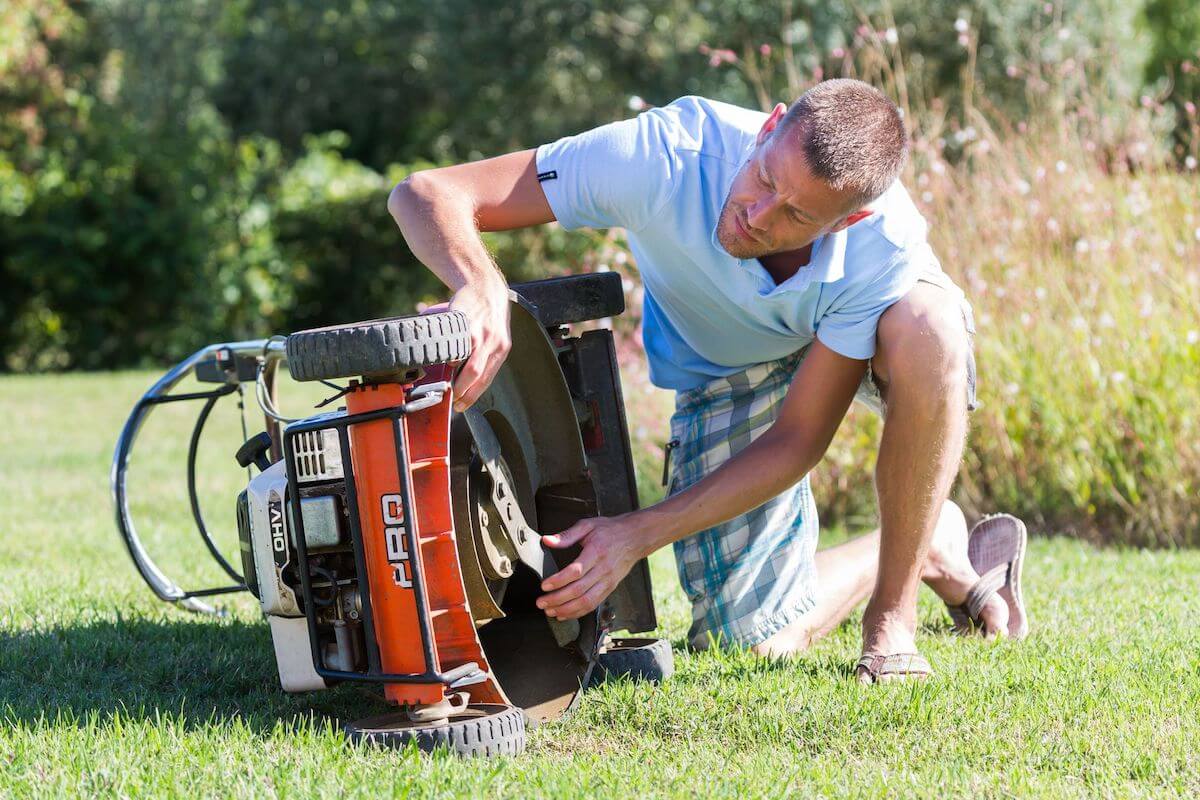
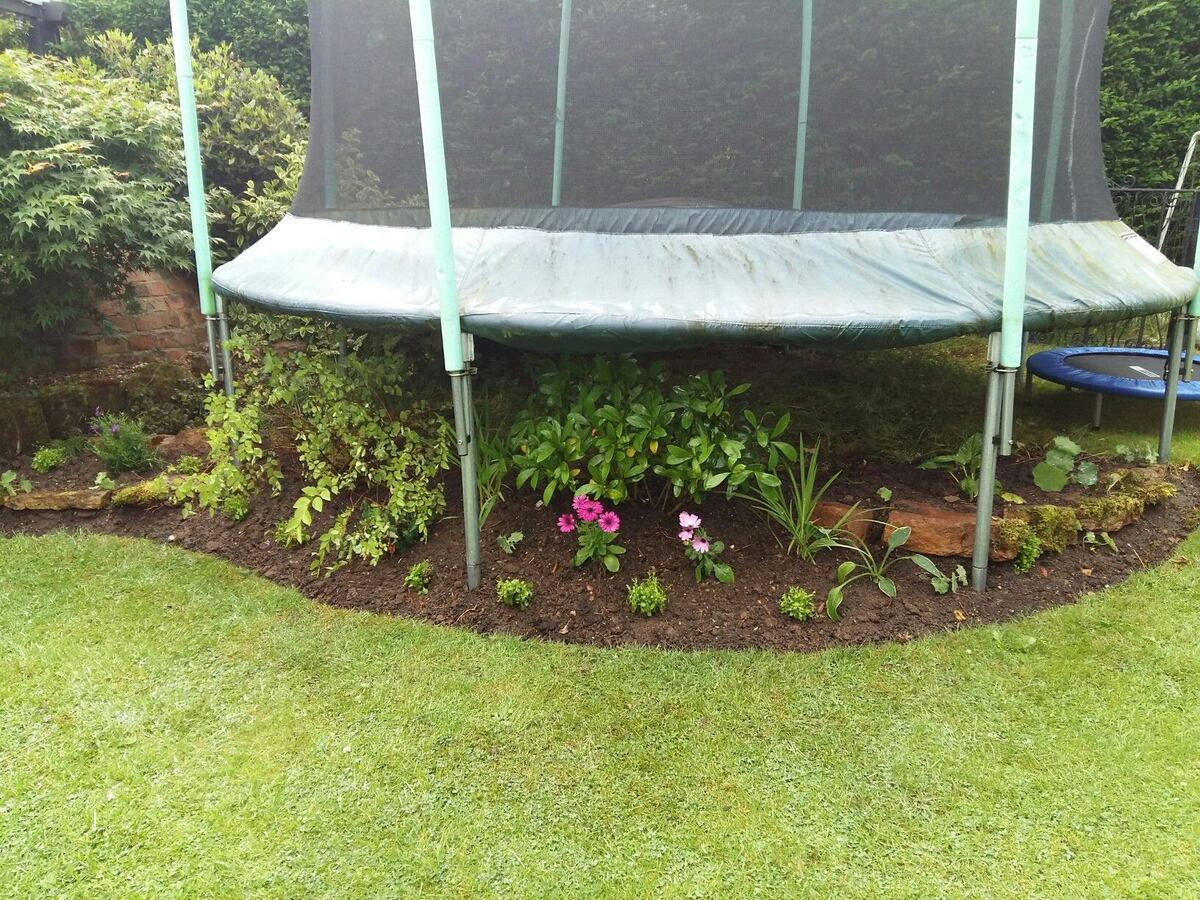
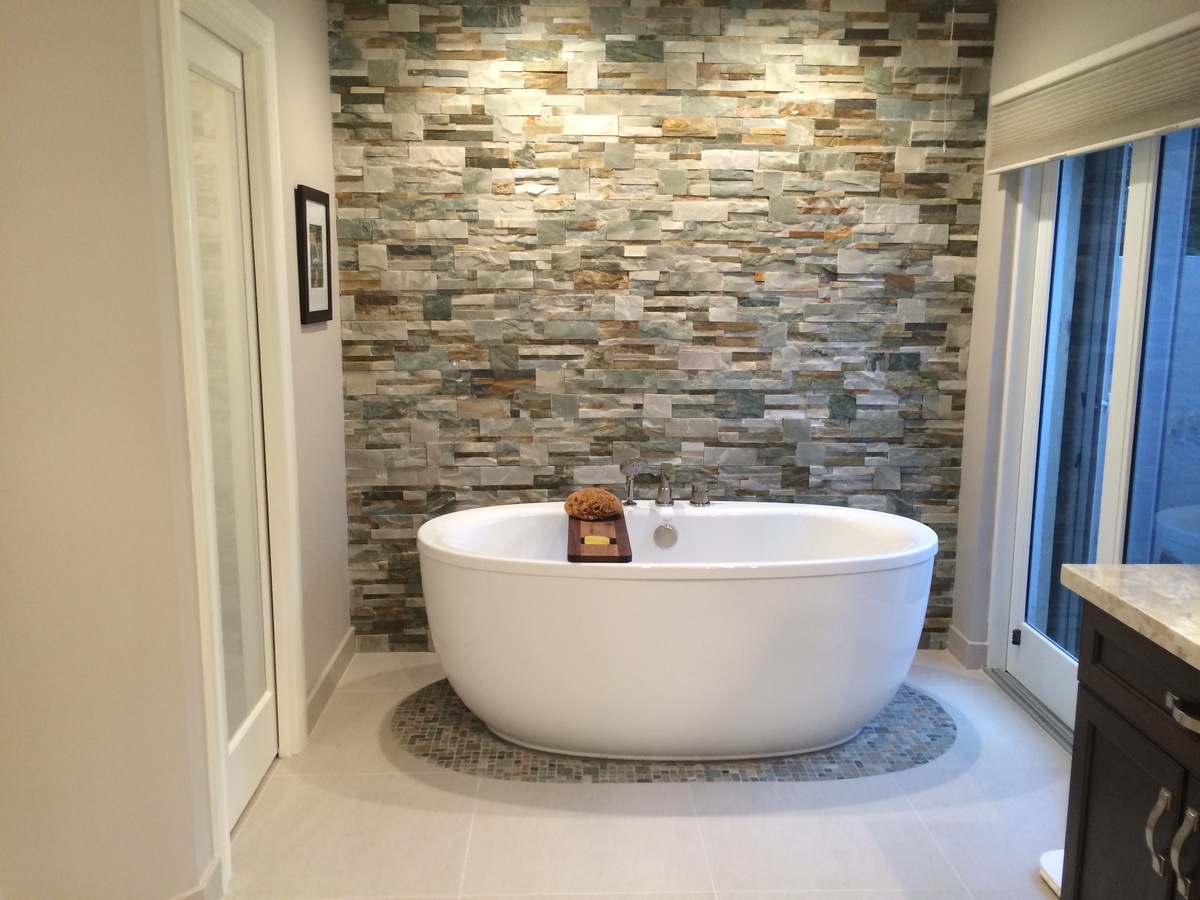
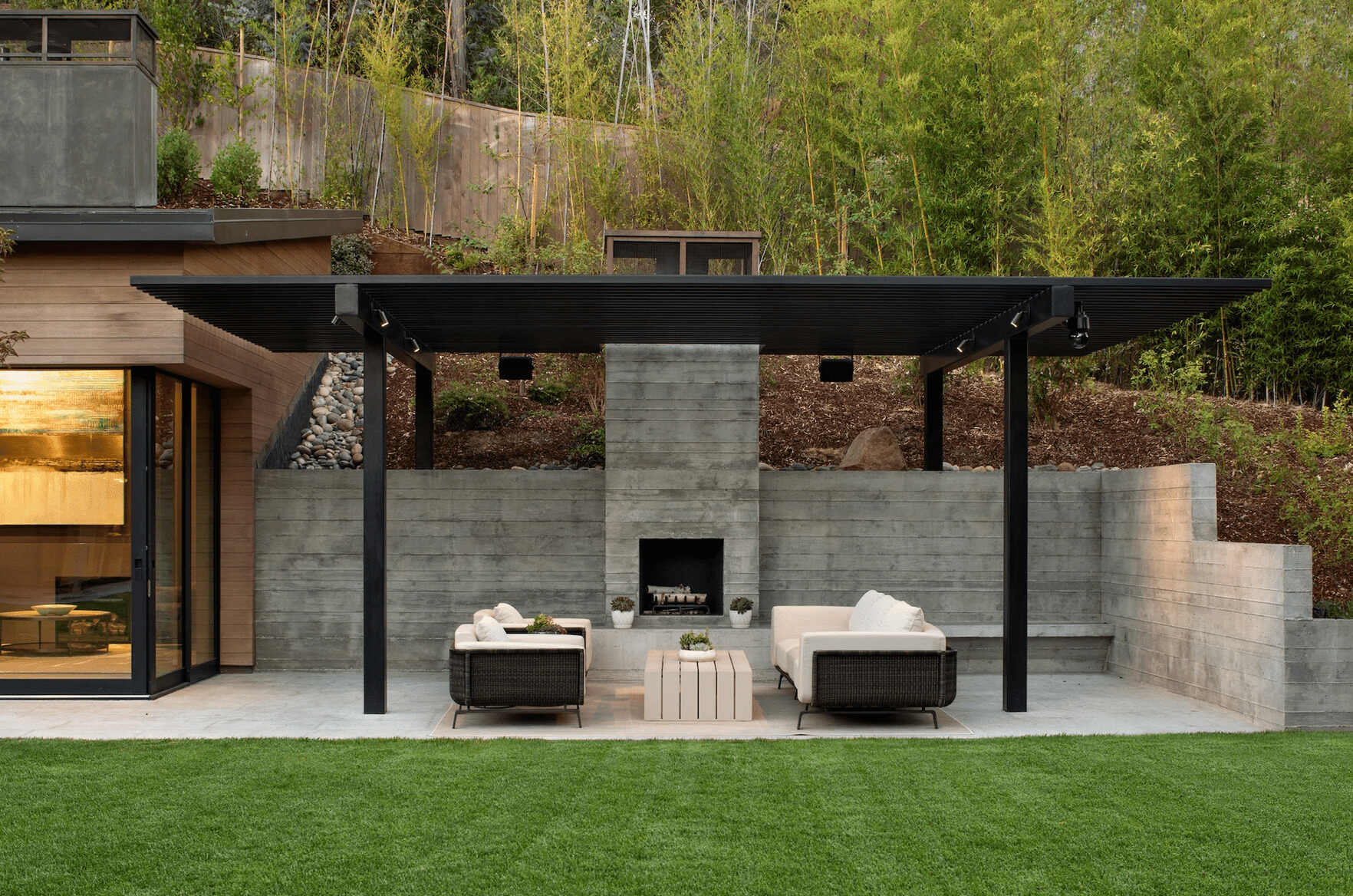
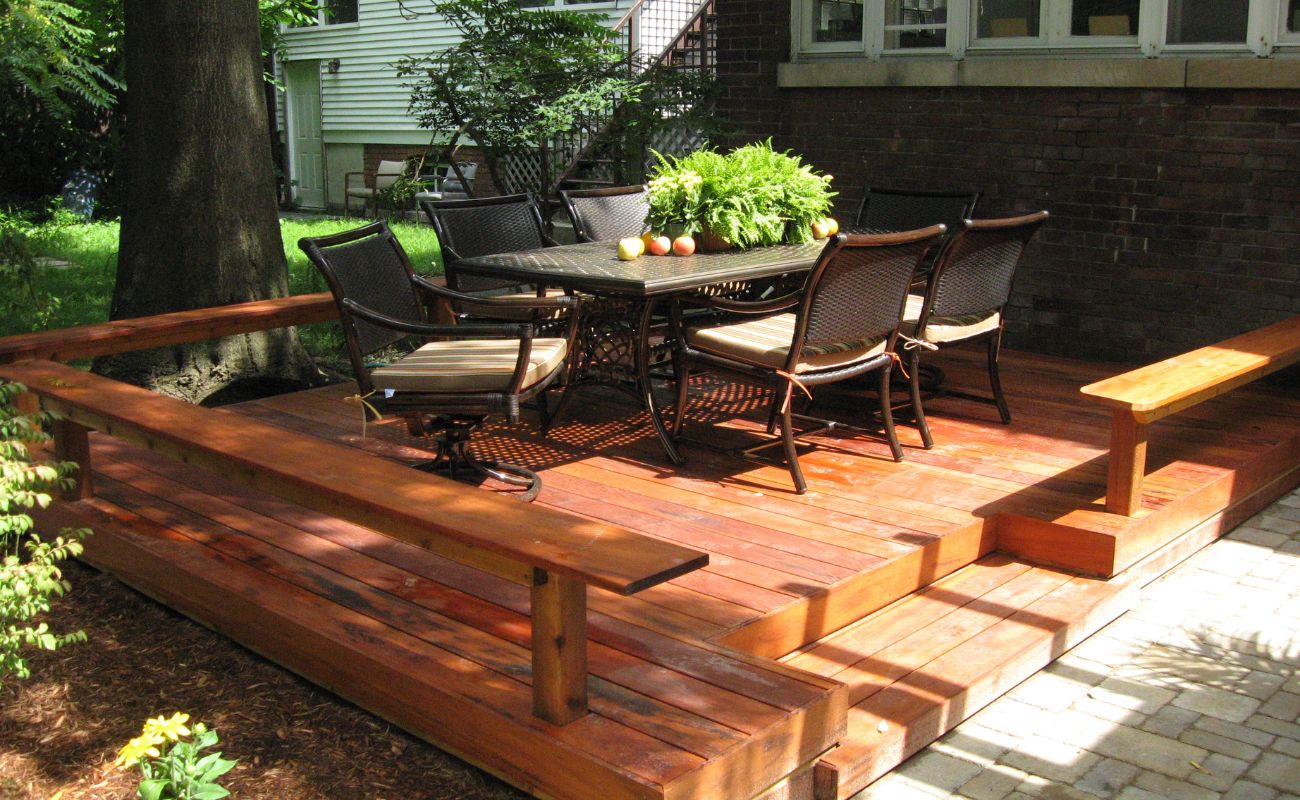
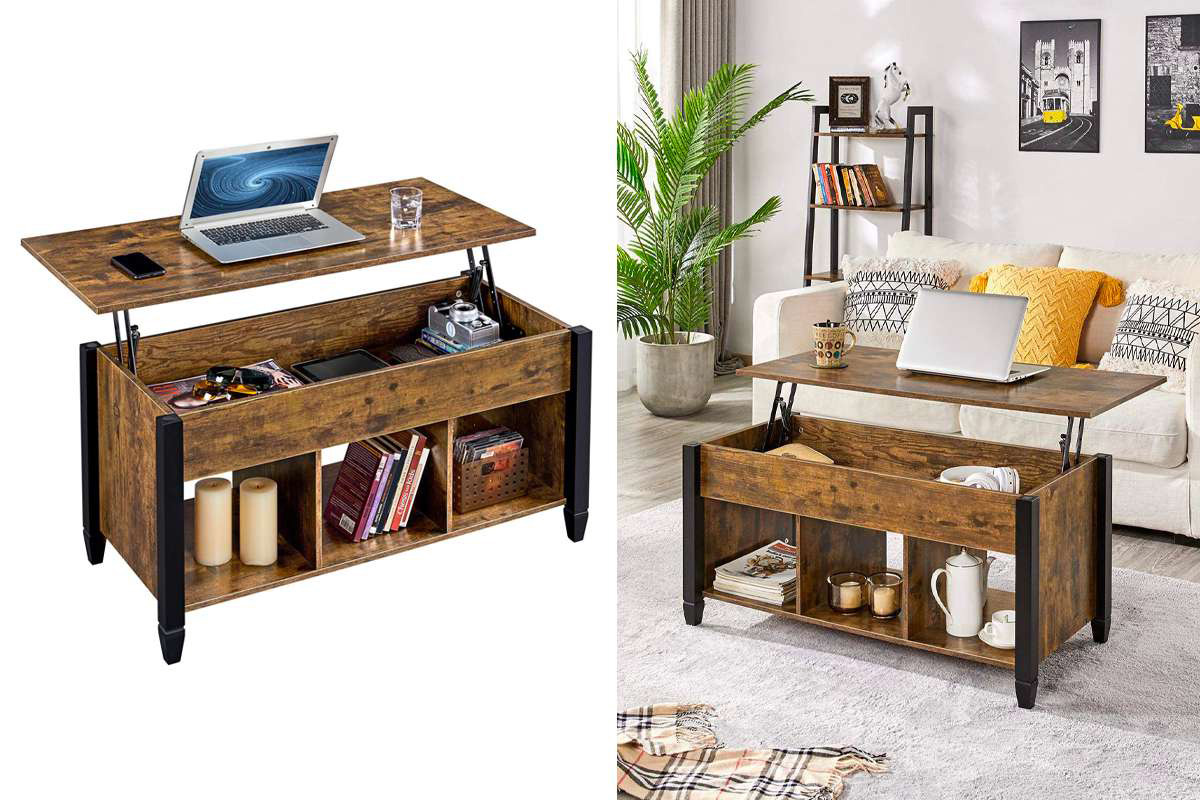
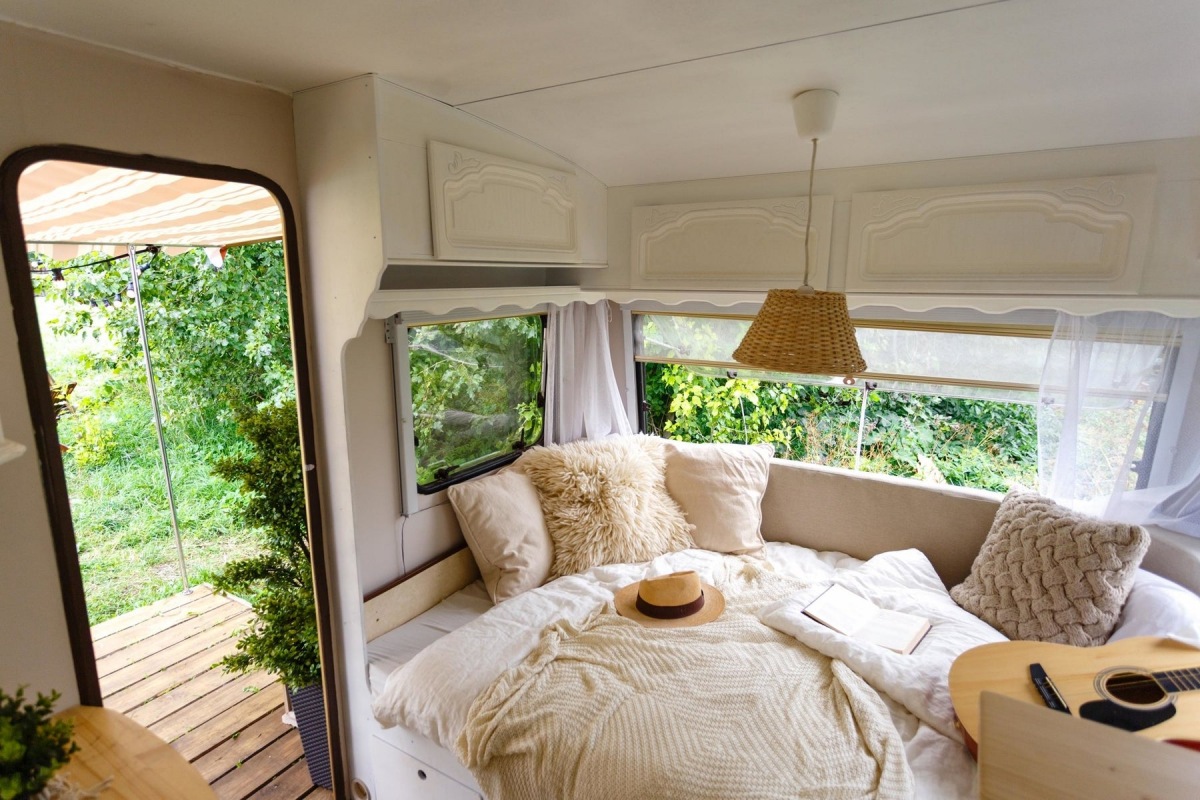
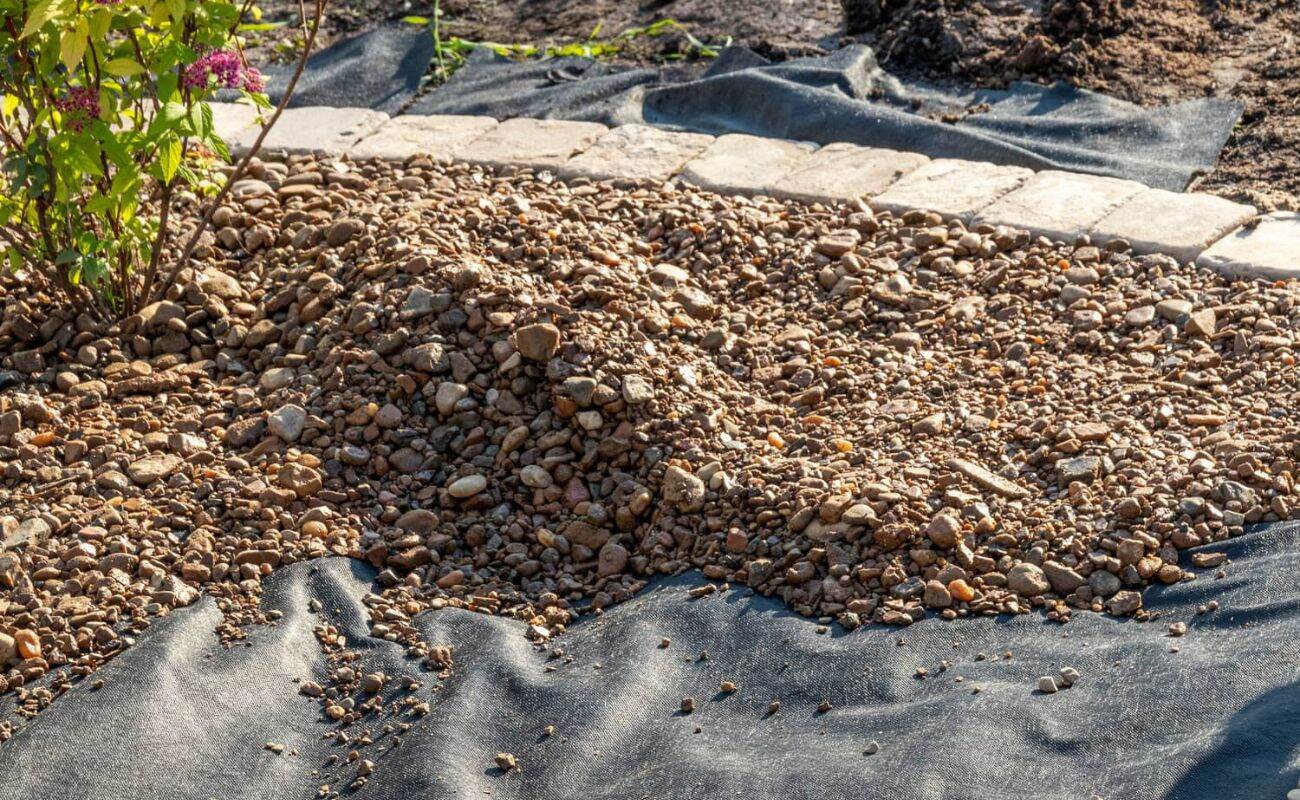
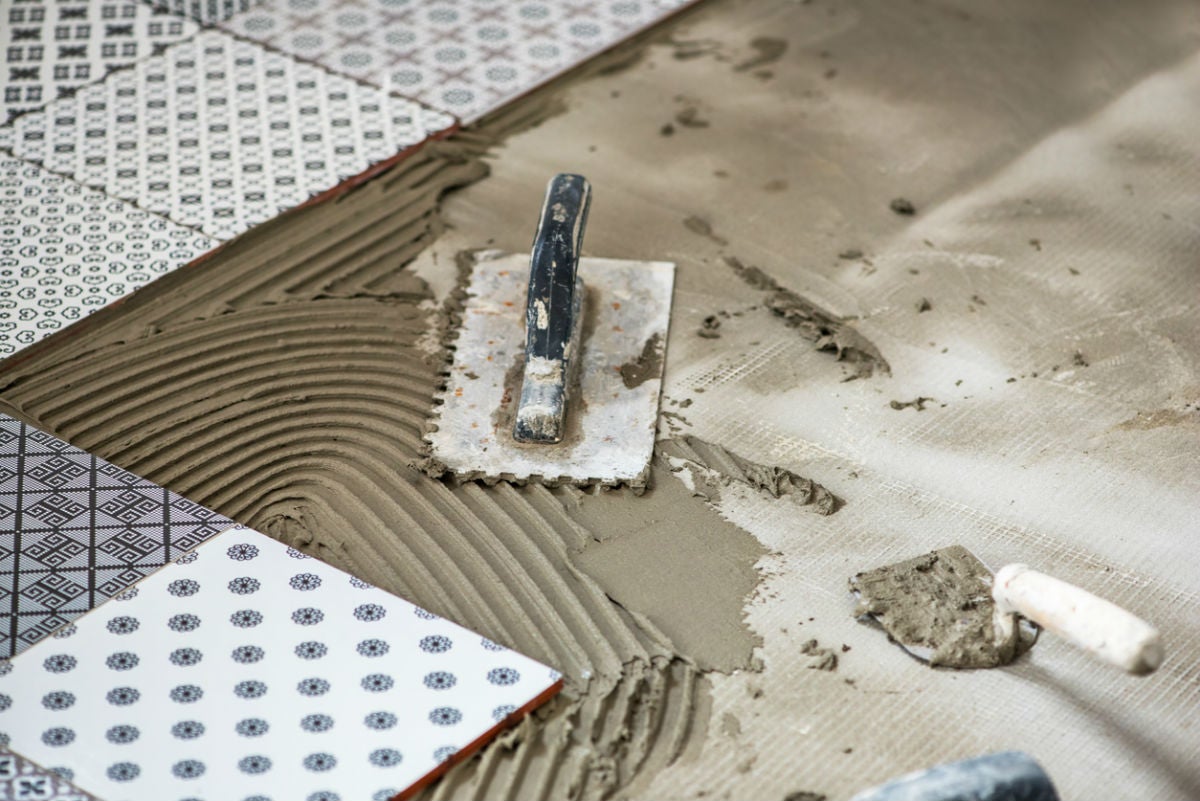
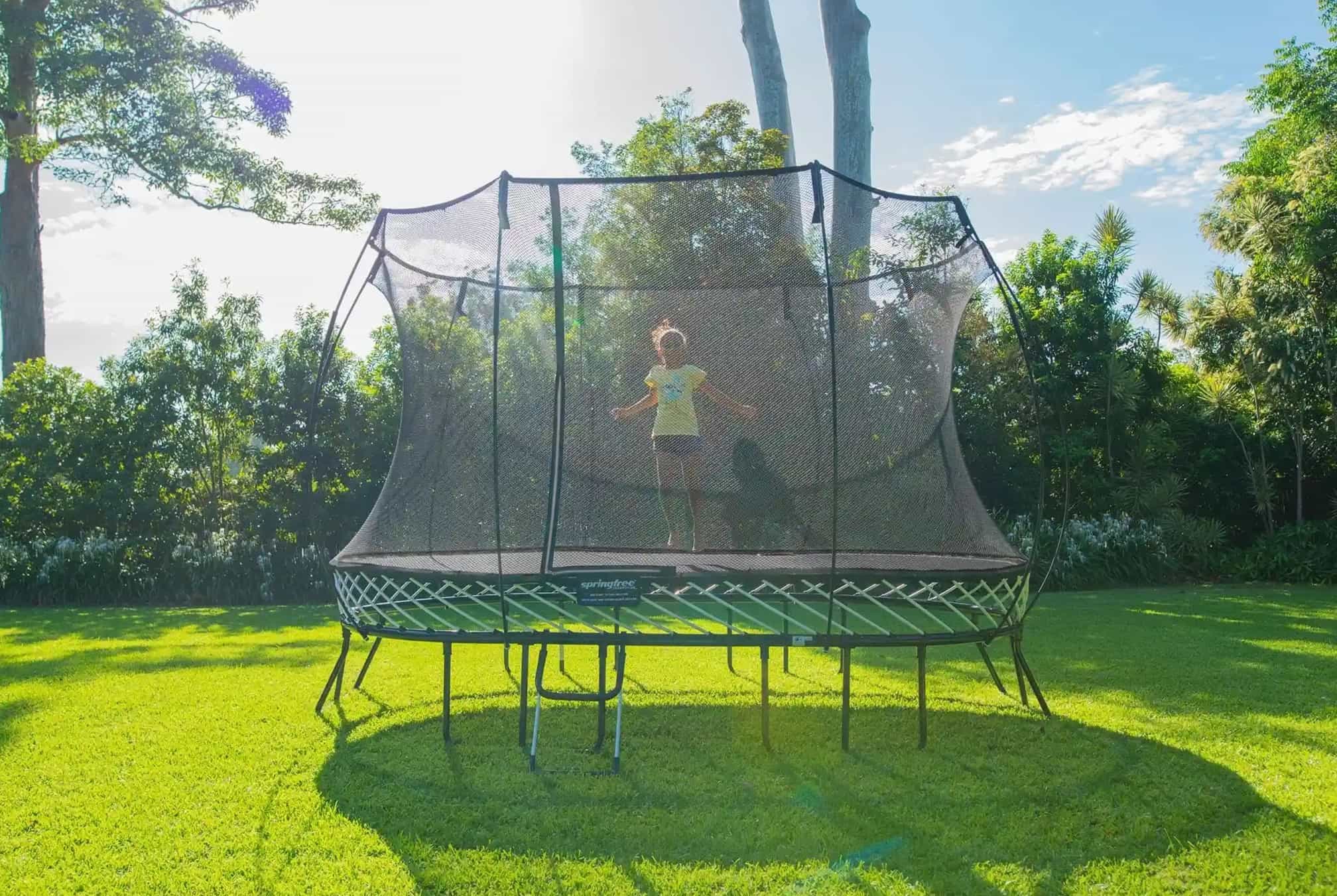
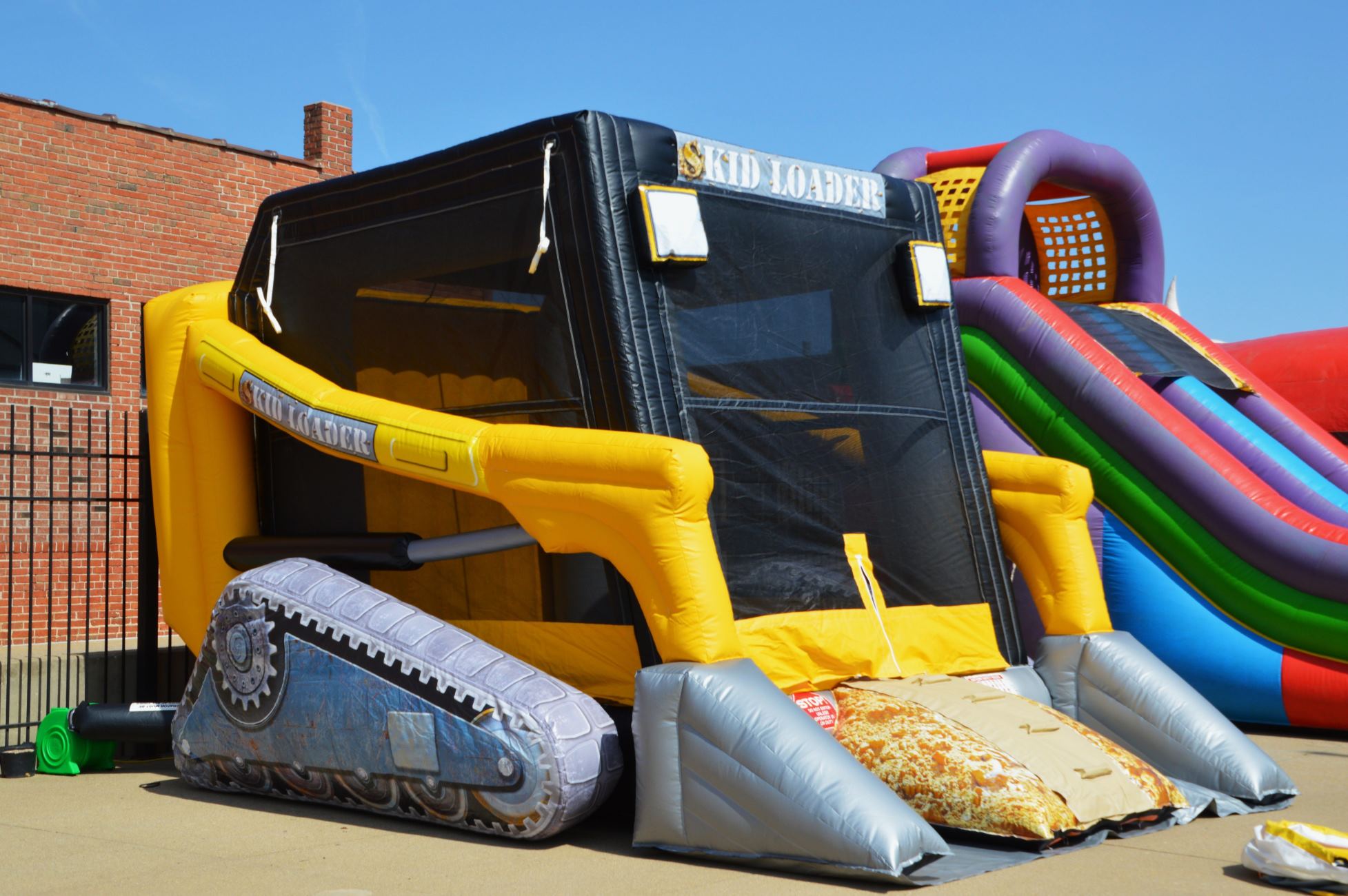
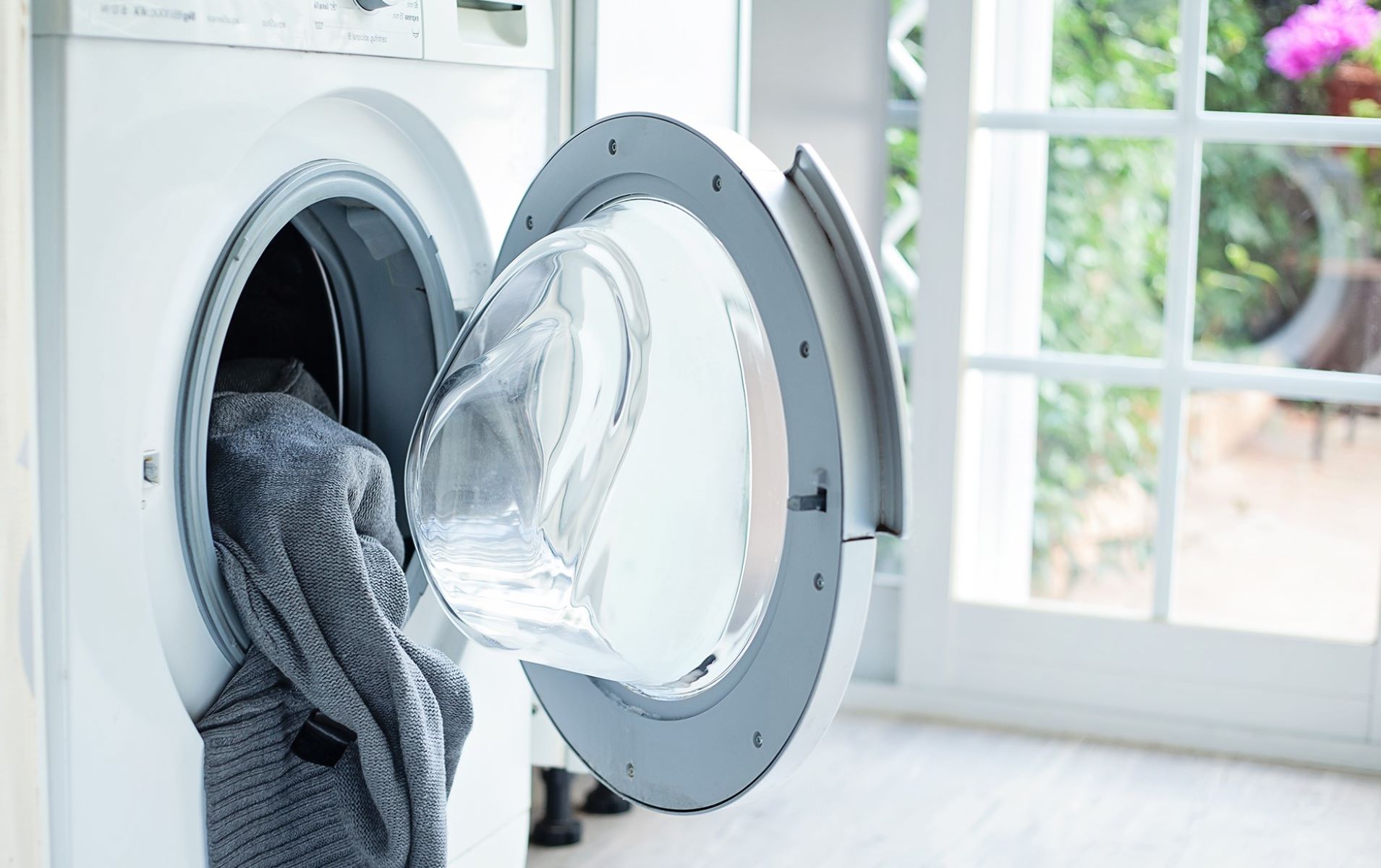
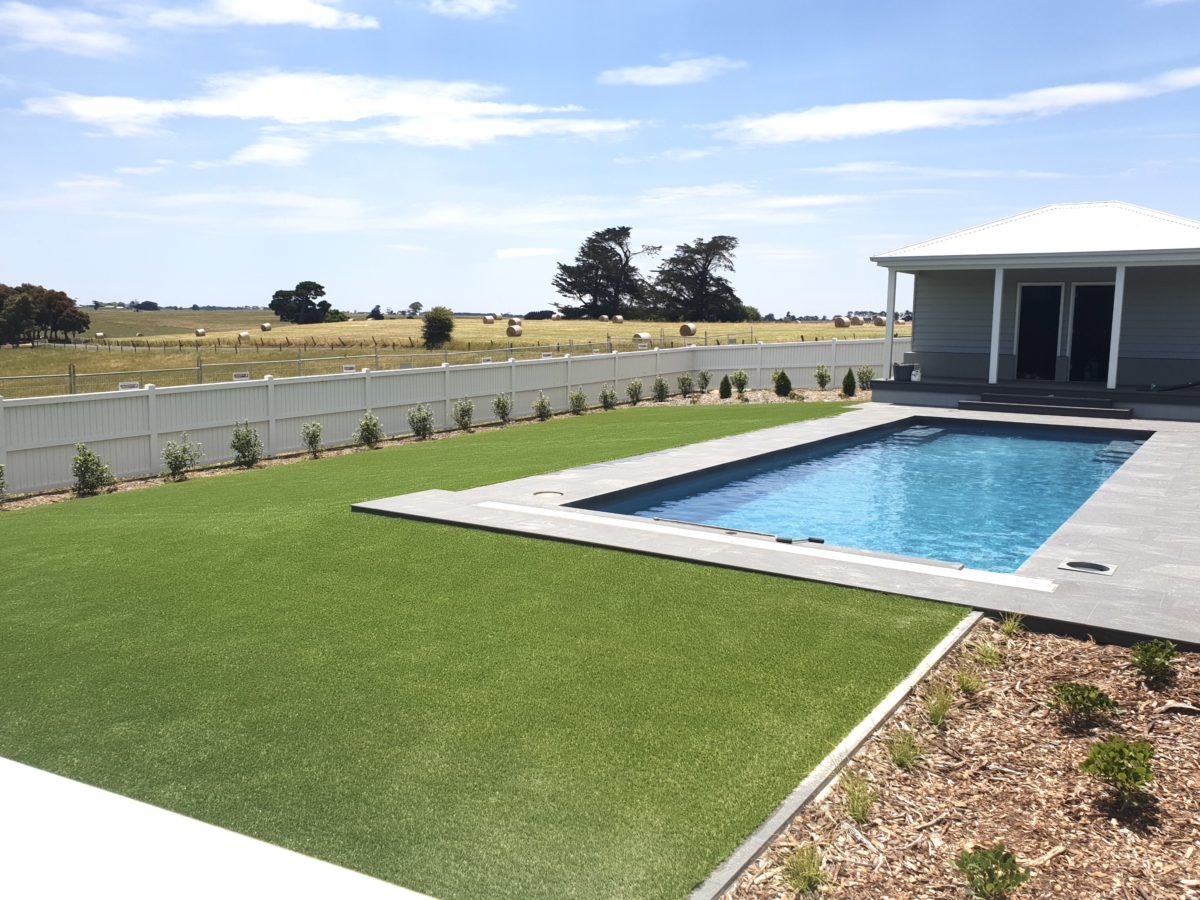

0 thoughts on “What To Put Under A Second Story Deck To Prevent Dripping Onto A Patio Below?”